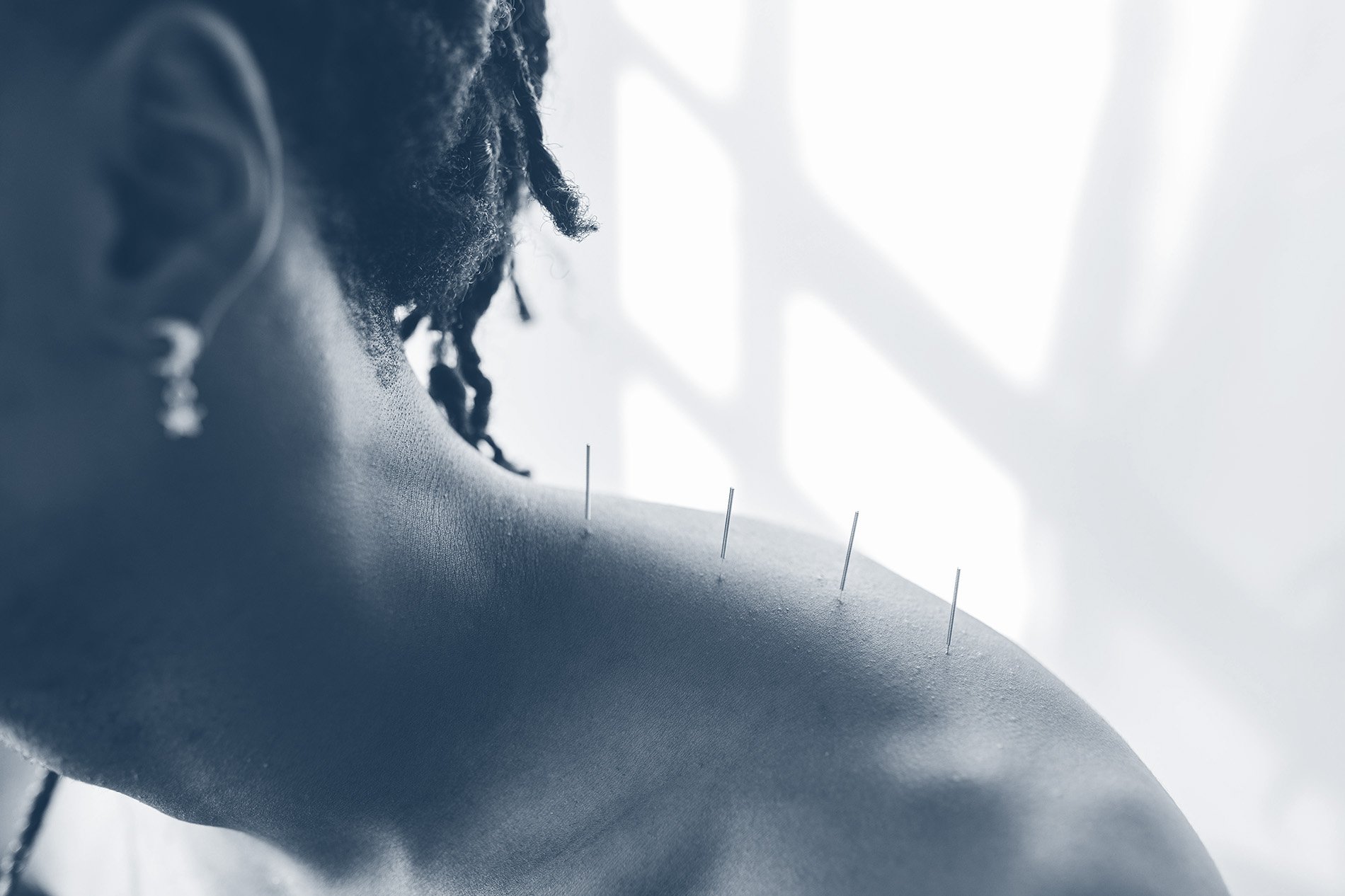
Acupuncture
What is Acupuncture?
Acupuncture has long been recognised as an effective treatment for chronic pain. In 2012, a study found acupuncture was better than no acupuncture or simulated acupuncture for the treatment of four chronic pain conditions:
Back and neck pain
Osteoarthritis
Chronic headache
Shoulder pain
A History of Acupuncture
Acupuncture began in China more than 2,500 years ago. It involves inserting thin needles at certain points on the body, stimulating sensory nerves under the skin and in the muscles. According to traditional Chinese medicine, the body has more than 2,000 of these points. They are connected by pathways or meridians, which create a flow of energy called Qi (pronounced “chee”). Stimulating these points is said to correct the imbalance of qi and improve the flow of energy. The traditional belief that this helps relieve pain and improve health.
It's thought the effects come from stimulating the central nervous system. This may trigger the release of chemicals into the muscles, spinal cord, and brain. These chemicals either alter the experience of pain or produce bodily changes that promote a sense of well-being.
Other theories suggest acupuncture works by:
Speeding the relay of electromagnetic signals. This may begin the flow of pain-killing chemicals such as endorphins. Or it may release immune system cells in the body.
Triggering the release of natural opioids. These are chemicals in the brain that may lessen pain or promote sleep.
Changing brain chemistry by altering the release of neurotransmitters and neurohormones. Neurotransmitters either stimulate or dampen nerve impulses. Neurohormones can affect the function or activity of an organ in the body.


